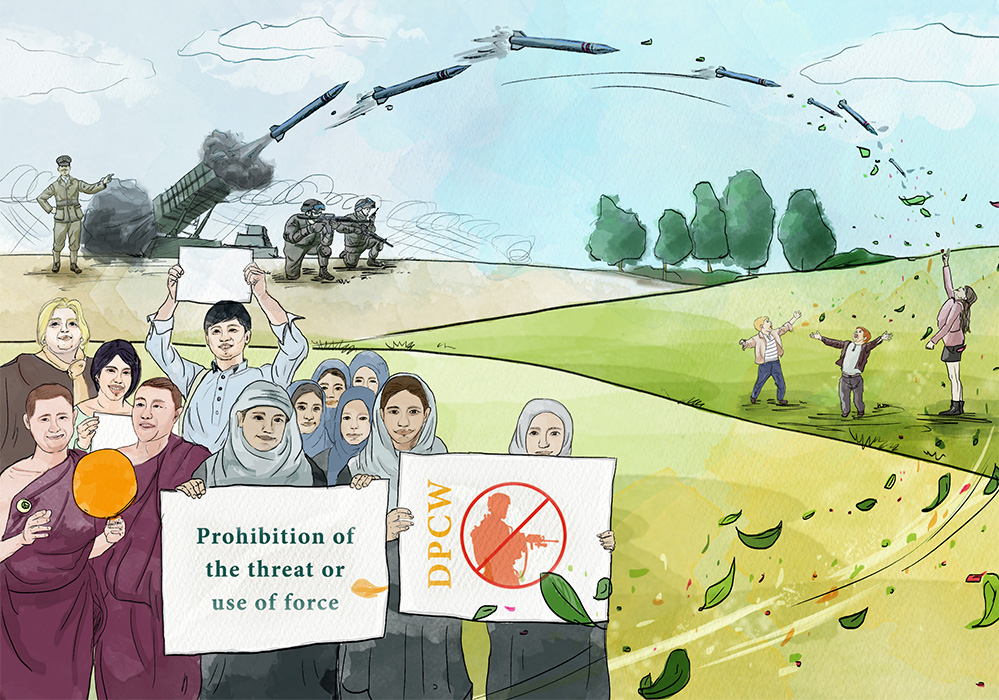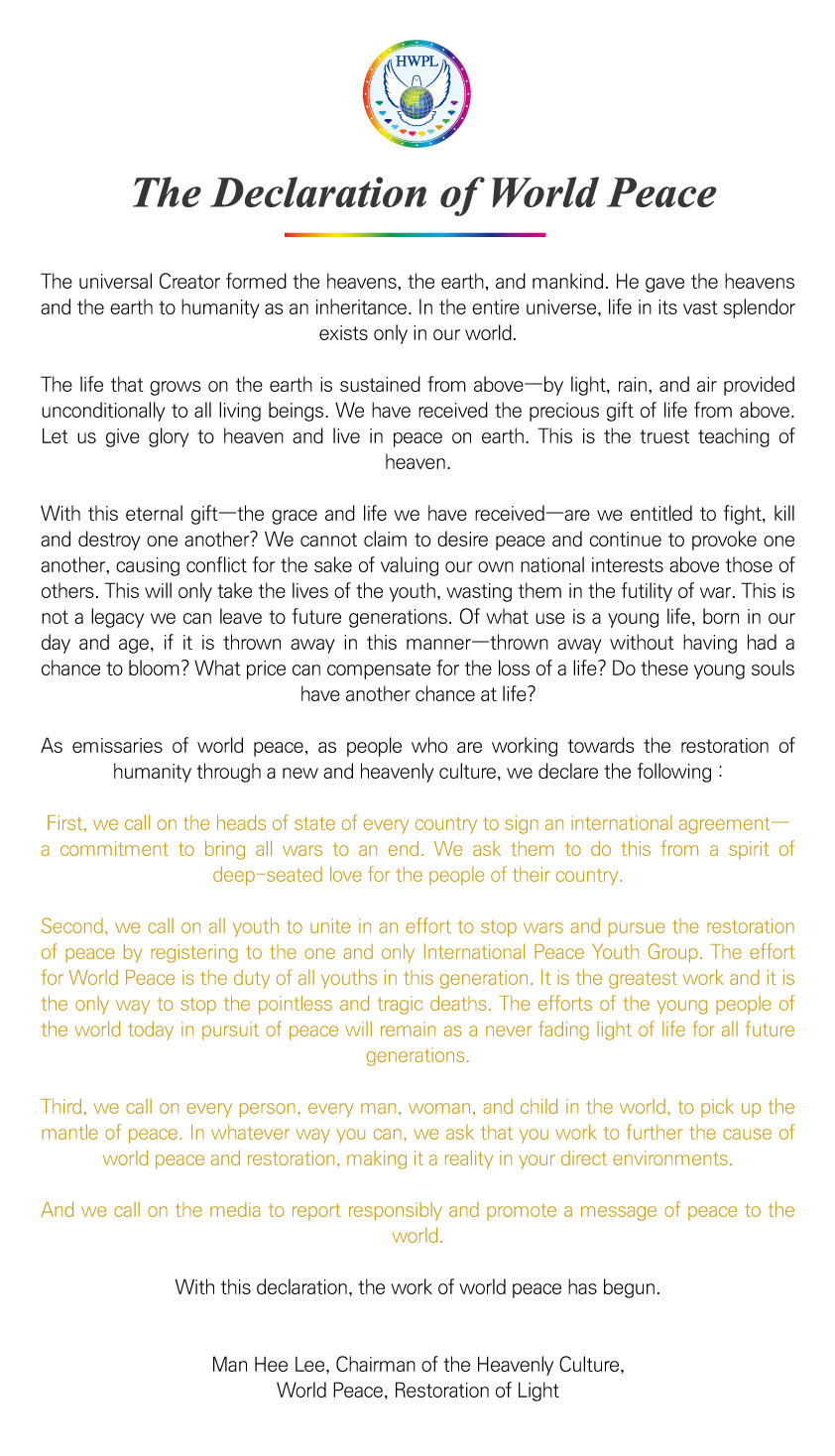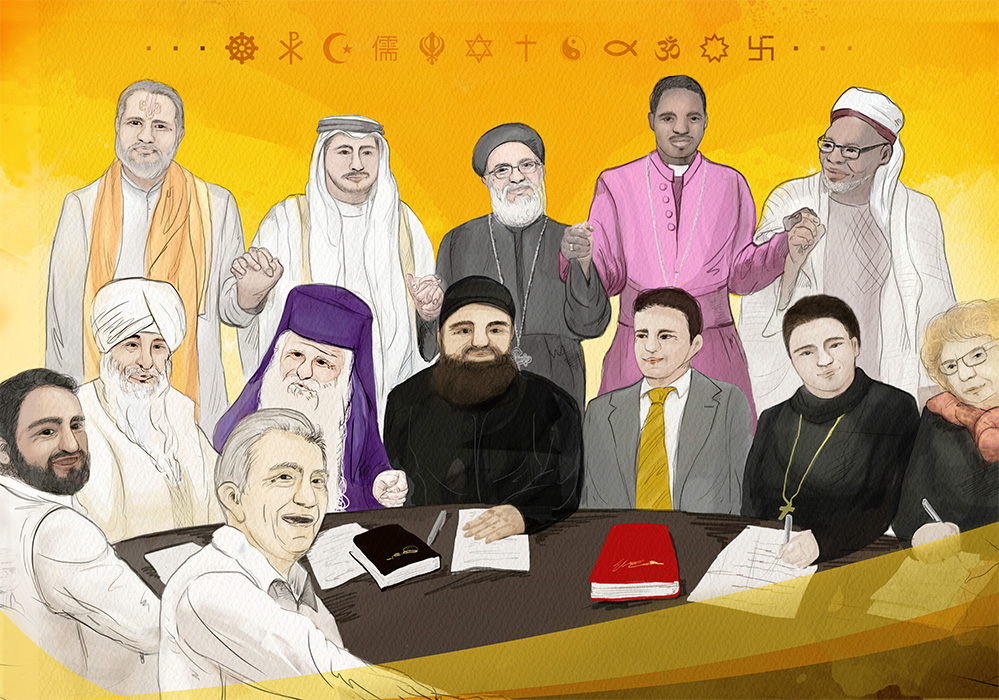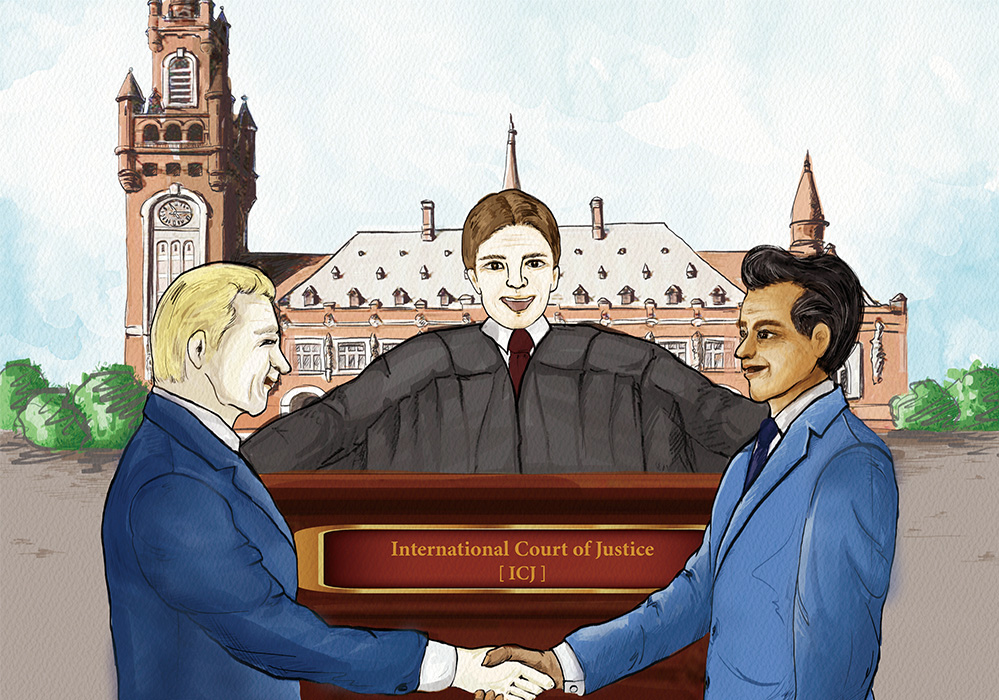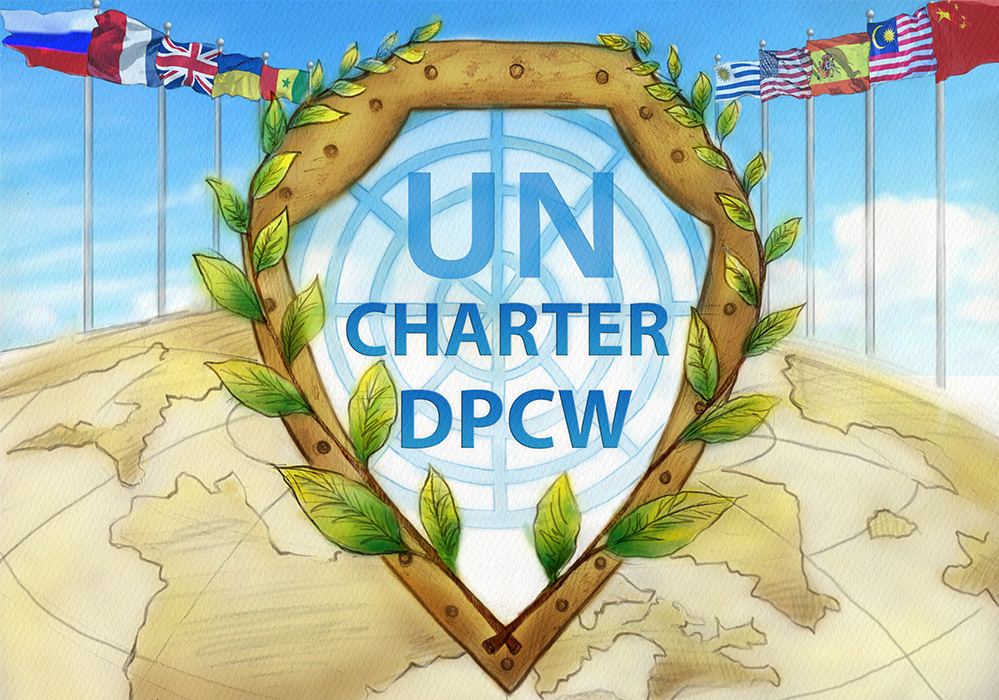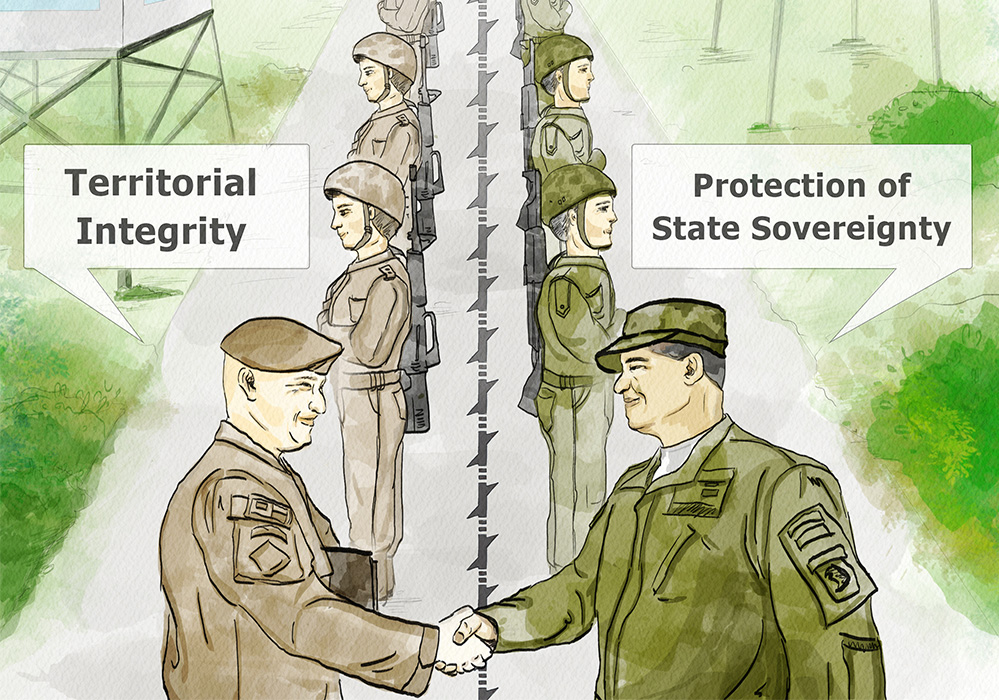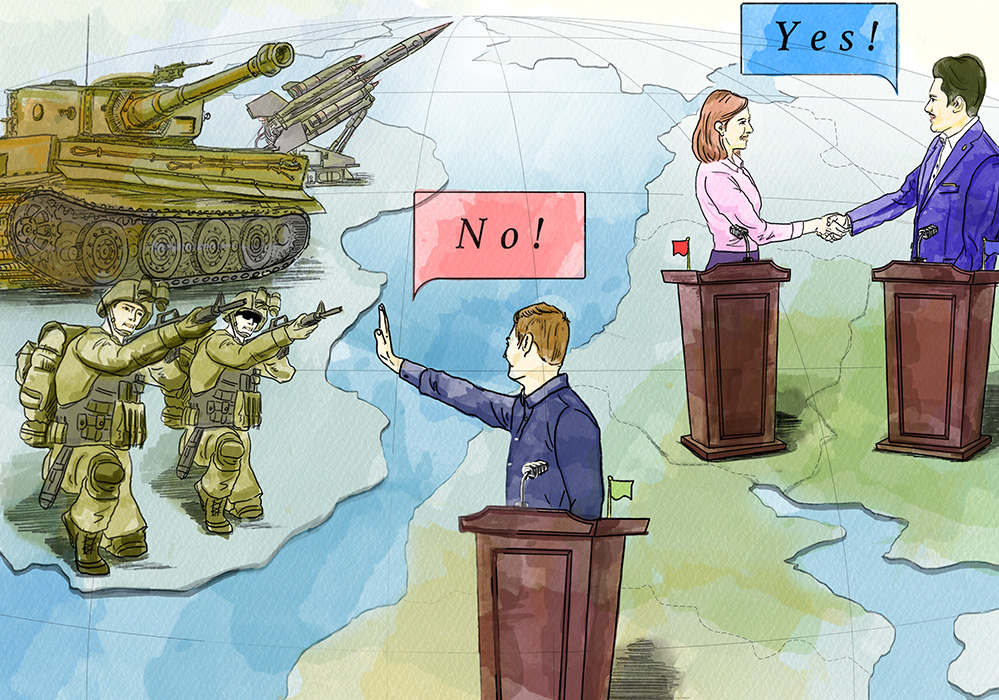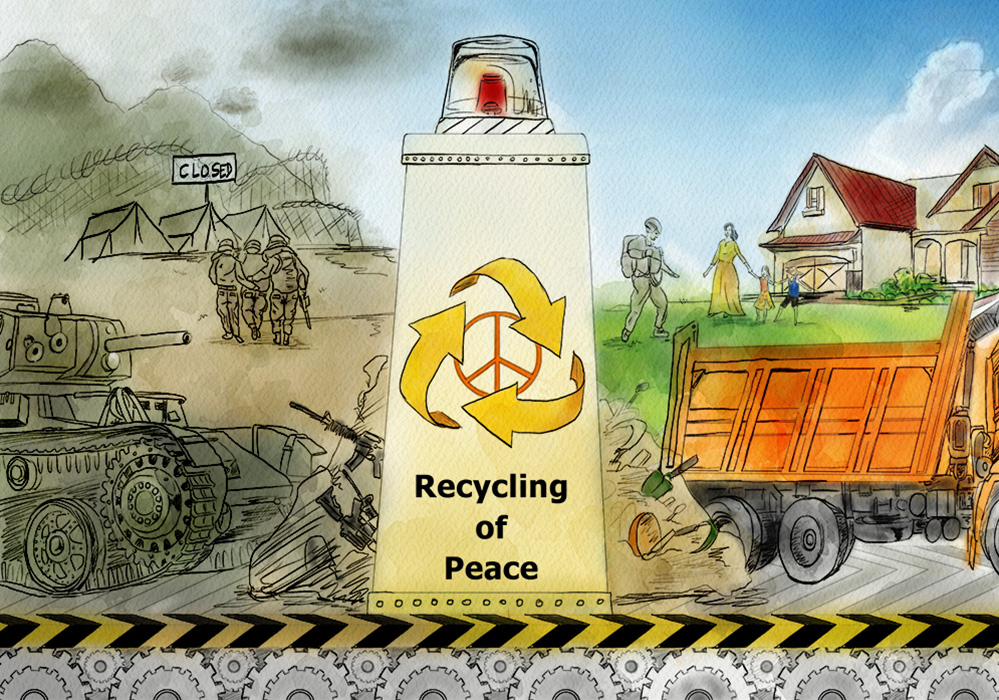Peace Journalist Report
Supalak Ganjanakhundee, Visiting Fellow of Pridi Bhanomyong International College, Thammasat University, Former Editor of The Nation, Thailand
Mr. Chairman, distinguished guests, ladies and gentlemen, my name is Supalak. I’m a visiting fellow at the Pridi Banomyong International College, Thammasat University, Bangkok, Thailand. I’ll present today, for the commemoration of peace process, on the “Thailand South: A Continuity of Peace Talk, But that is Still Far Away from the Realities.”
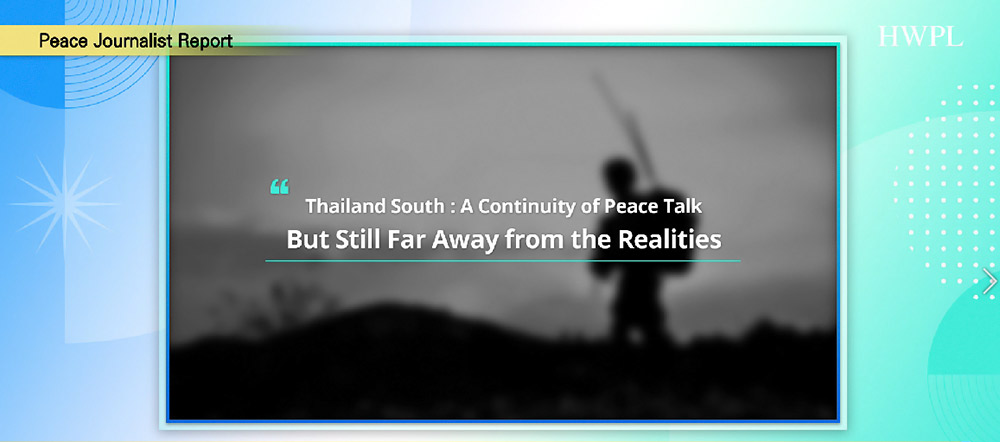
An agreement in principle reached by Thai authorities and separatists, Barisan Revolusi Nasionals, or widely known as the BRN on the beginning of April to have a temporary truce during the holy month of Ramadan gave some hope for peace in Thailand’s restive south.
But many questions remain how far such a peace process can go and that’s the reason why my participation in the peacebuilding under leaderships of Heavenly Culture, World Peace, Restoration of Light, HWPL, is so important to peace process in Thailand’s south. To that end, the international efforts to bring peace to the violence-laden region is essential.
Some 7,300 people have been killed, 13,000 other injured in 21,000 violence incidents orchestrated in the predominantly Muslim region of Thailand since early 2004. The violence, however, was confined in only three provinces in the southernmost parts border to Malaysia, namely Pattani, Yala, Narathiwat and a few districts in Songkhla Province.
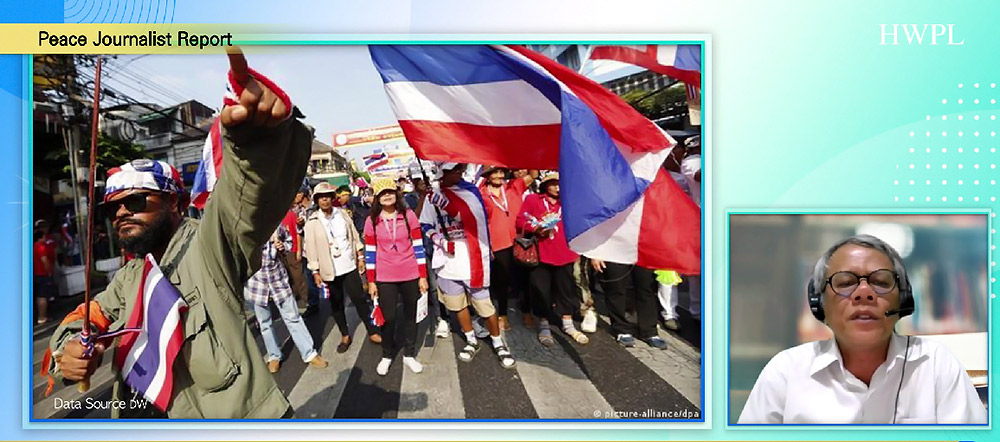
The root cause of the violence could be traced back more than a century ago when the kingdom of Thailand, then known as Siam, annexed the regions where the home of vast majority Muslim Malay. Bangkok elites understand that the roots of the violence orchestrated by Muslim insurgents lie in the feeling of people with distinct ethnic-religious identities. A vast majority of the population of the regions are Muslim Malays, who want to enjoy their unique way of life in a predominantly Buddhist country, Thailand. Many members of Bangkok elite, however, views crime and local political conflicts as a crucial factor behind the violence. Thai authorities have relied on search-and-destroy military operation to contain the violence, but they have failed to restore peace so far.
Previous attempt to restore the peace has been relatively ineffective. The Thai government initiated a peace talk for the first time in 2013, during the administration of Prime Minister Yingluck Shinawatra. Three rounds of dialogue with the BRN enabled two sides to know each other, but failed to yield any results. The failure was due to the poor management of the talks and, more importantly, the political turmoils in Bangkok then. In 2014, Prime Minister Yingluck was toppled by a group of generals, who were less supportive in the peace efforts.
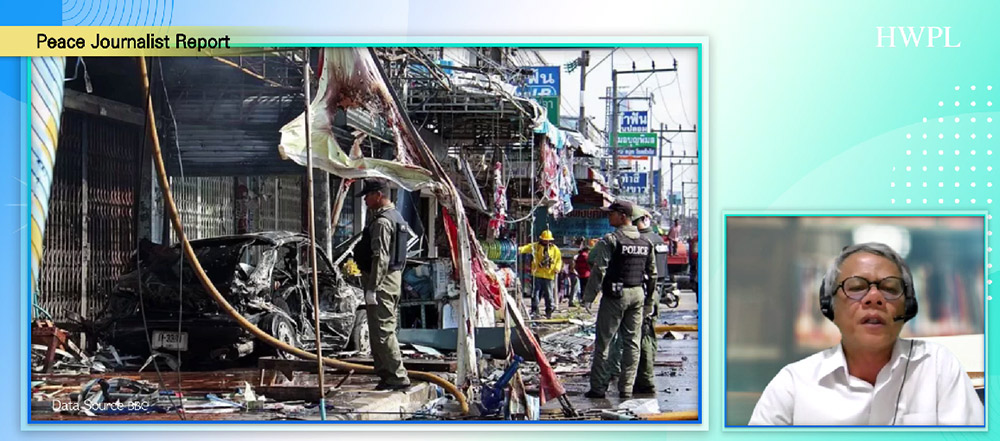
The military government under General Prayut Chan-ocha sought an international image of working toward peace in the region, but it changed its chief negotiator three times without making any concrete progress toward peace. While saying that it championed the cause of peace in the Deep South, the 2014-2019 military government did not have a clear policy on the talks. Military commanders, who oversee the restive region, sometimes rocked the boat.
The new chief negotiator, General Wanlop Rugsanoh, who assumed the position in October 2019, has shown confidence in his meetings with the BRN. The former chief of National [Security] Council, Wanlop was regarded by many observers and experts as a flexible person who is willing to listen and adjust the plan in accordance with the local demand and achieve the peace.
With Malaysia’s facilitation, the latest truce known as Ramadan Peace Initiative committed to stop violence during the fasting month of Ramadan until 14 May this year. The so-called gentlemen’s agreement, given that the both parties did not sign any official documents to endorse it, members of separatists, BRNs, were allowed to return home to spend time with their families during the holy month.
However, the temporary truce might not be able to end the chronic violence for many reasons. One, it is premature to judge whether such an agreement would be effectively implemented by both sides, given that the BRN might not be able to control its new generation fighters on the ground and the militaries maintain its search-and-destroy mode. So these might be some operative cells of the insurgents, who failed to honor the truce, which they didn’t agree at the first place. So violence incidents took place on 18 and 19 April as two men were shot, injured and one dead by unknown gunman in Pattani and Narathiwat Provinces respectively.
Number two, while the truce might create some conducive atmosphere for the further discussion, Thai authorities have consistently showed their reluctance to go further for political dialogues as some officials said they don’t want to uplift the separatists’ status to sit with them equally.
Number three, the truce was facilitated by Malaysian official in Kuala Lumpur for the sake of trust by both parties, but Thailand fears of internationalization of the peace process. Therefore they denied any involvement of international observers. Such attitude would prevent international community from witnessing the implementation and verification of its effectiveness. Nobody knows how and what kind of mechanism implement the truce.
Number four, while Muslim Malays openly call for a certain level of autonomy, Thai authorities are not ready to discuss any sense of self-determination due to the fear of separation from Thailand. The term autonomy, if not independent, is a taboo issue for Thailand’s elite to discuss. They always cling to the concept of the unitary state and inseparable land.
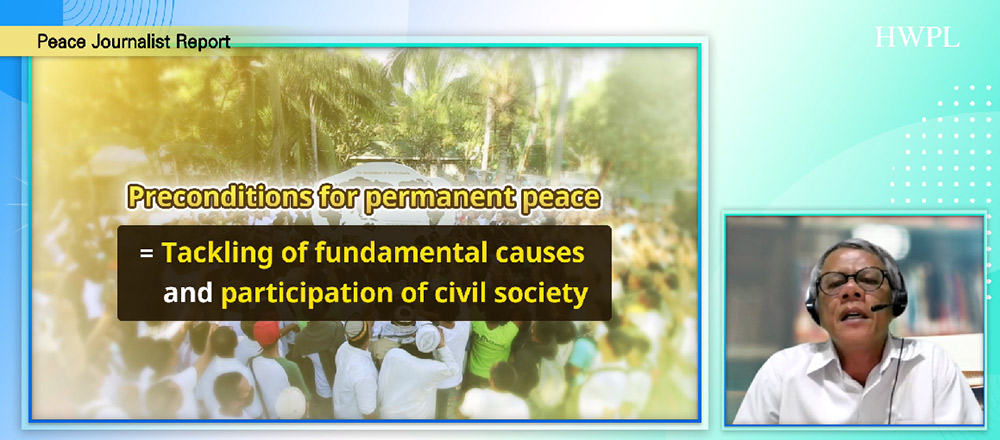
So in conclusion, the history of peace talk has already delivered its verdict that any peace process would lead to lasting peace but address the problem at its root cause. That must be conducted along the democratization with intensive participation of not only stakeholders but also civil society. Thai authorities said they allow participation of civil society to the peace process. But let me take a peace process in the Philippines’ Mindanao for an example to demonstrate how international civil society gets involved.
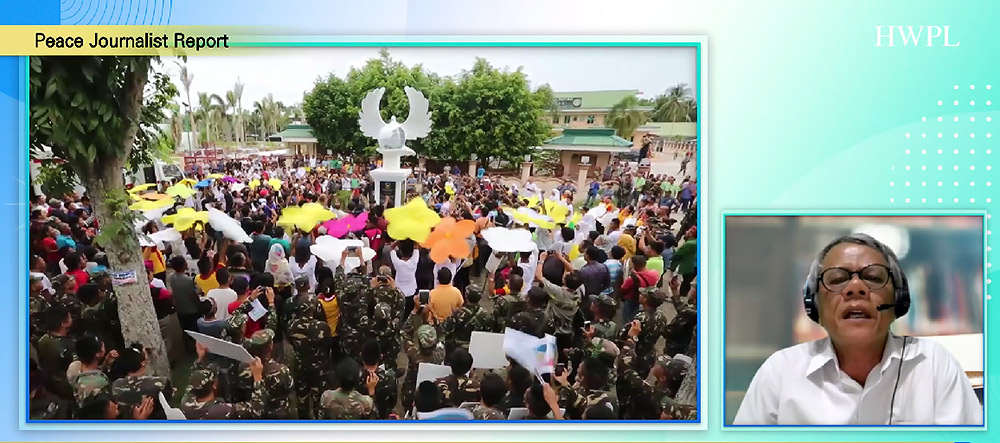
Back in 2014, Heavenly Culture, World Peace, Restoration of Light, HWPL, an international NGO mediated conflict in Mindanao by proposing a peace agreement by local representatives. Witnessed by Chairman Lee of HWPL, the peace agreement was signed by Hon. Esmael G. Mangudadatu, the then Governor of Maguindanao, and Archbishop-Emeritus Fernando Capalla of the Archdiocese of Davao, representing local leadership.
Latest peace initiative took place on 14 March this year at the HWPL’s 6th Annual Commemoration of the Declaration of Peace and Cessation of War or DPCW, when over 5,000 participants got together under the theme, Institutionalizing Peace: Building a Legal Foundation for Sustainable Peace.
The UN-affiliated NGO, HWPL, has endorsed combined efforts of governments and civil society efforts that leads to the institutionalization of peace in each society. Its DPCW proclaimed in 2016 has provided guides to citizen-led peace advocacy, in line with international organizations including the UN, the African Union, the European Union that have stressed normative guidance as a standard of substantial conflict resolution with the participation of the women and youth.
This is for peace. Thank you very much for your attention.




